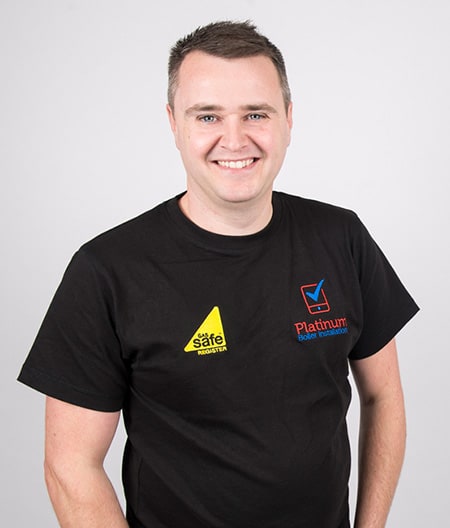
The first thing you need to check is the pipe work coming in to your radiator. If the pipe work is hot coming in to the radiator, but no heat is coming through, your valves will need looking at. 9/10 its a TRV where the pin is stuck in the valve. This will either need freeing, or replace the TRV itself.
So if there is no heat at all coming through, the first thing you need to do is turn your central heating on and let the system heat up. Once the system is warm, turn all the other radiators off, except the one that is not hot. Hopefully, you may hear some gurgling noises and heat start to come through the pipe work. Leave it it for about 10 minutes then re-check the radiator for heat. If there is still no heat coming through the radiator, change the TRV. If a new TRV does not cure the problem, there is a blockage somewhere. This is where you will need to call the professionals in to investigate the problem. More than likely, the system will need a flush. For more information on this Click Here.
If none of your radiators are heating up and your boiler is working, you will need to check the central heating pump. This is what distributes heat from your boiler around your central heating system. For this, I would recommend calling in the professionals.
You will need to bleed the radiator to remove the air. Once the air has been removed, the radiator should heat up evenly. If you have a sealed system, remember you may need to add some water to your central heating system via the filling link.
Not sure what a sealed system is? Click Here for more information.
The cause of this sludge within your radiators/system. You will need to call the professionals in for this one, its not something that should be done without the correct training and equipment. For more information on this Click Here.

Matt Hughes is the Managing Director of Platinum Boiler Installations and his mission is to make boiler installations as simple and hassle-free for customers as possible. What Matt doesn't know about boilers simply isn't worth knowing! Connect with Matt Hughes on LinkedIn >>